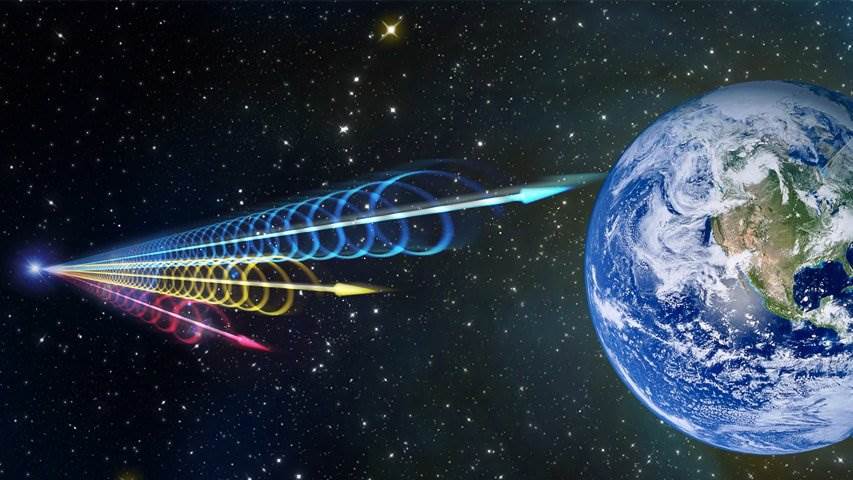Astronomers have proposed a mobile phone network to search for Fast Radio Bursts (FRB).
Fast Radio Bursts, or FRBs, are brief radio signal emissions, which last only a thousandth of a second, and have an unknown origin. In the past decade, only about two dozen of these radio bursts have been identified, using large telescopes like the 1,000-foot wide Arecibo telescope in Puerto Rico. Of them, only one has been successfully pinpointed, originating in a galaxy 3 billion light years away. The others however, also seem to have originated in other galaxies.
Understandably, it isn’t easy to research such an elusive phenomenon. Astronomers have come up with a radical proposal however. They see no reason an FRB couldn’t occur in the milky way, and if it did,the signal could be strong enough that a network of mobile phones on Earth could pick it up. As luck would have it, FRBs tend to emit radio signals in the same range that we see in mobile phone communication, Wi-Fi and similar devices. Astronomers proposed in a new paper that it would be fairly easy to design a smartphone app that monitored the right signal bands and then reported any emissions to a central data processing facility.
“The search for nearby fast radio bursts offers an opportunity for citizen scientists to help astronomers find and study one of the newest species in the galactic zoo,” says theorist Avi Loeb of the Harvard-Smithsonian Center for Astrophysics.

We might not need these anymore …For this purpose.
“An FRB in the Milky Way, essentially in our own back yard, would wash over the entire planet at once,” adds the paper’s lead author Dan Maoz of Tel Aviv University, “If thousands of cell phones picked up a radio blip at nearly the same time, that would be a good sign that we’ve found a real event.”
Finding a Fast Radio Burst in the milky way could take anything from a few years to a few centuries. Based on the limited data we have, it is suggested that FRBs occur in a galaxy like ours once every 30 to 1,500 years. Then again, since these emissions are known to occur repeatedly, sometimes for decades or even centuries, there may be one alive today that we simply haven’t found yet.
source: Royal Astronomical Society


![[World Alzheimer’s Day] Samsung Research Advances Early](https://loginby.com/itnews/wp-content/uploads/2025/09/1758375215_World-Alzheimer’s-Day-Samsung-Research-Advances-Early-238x178.jpg)




